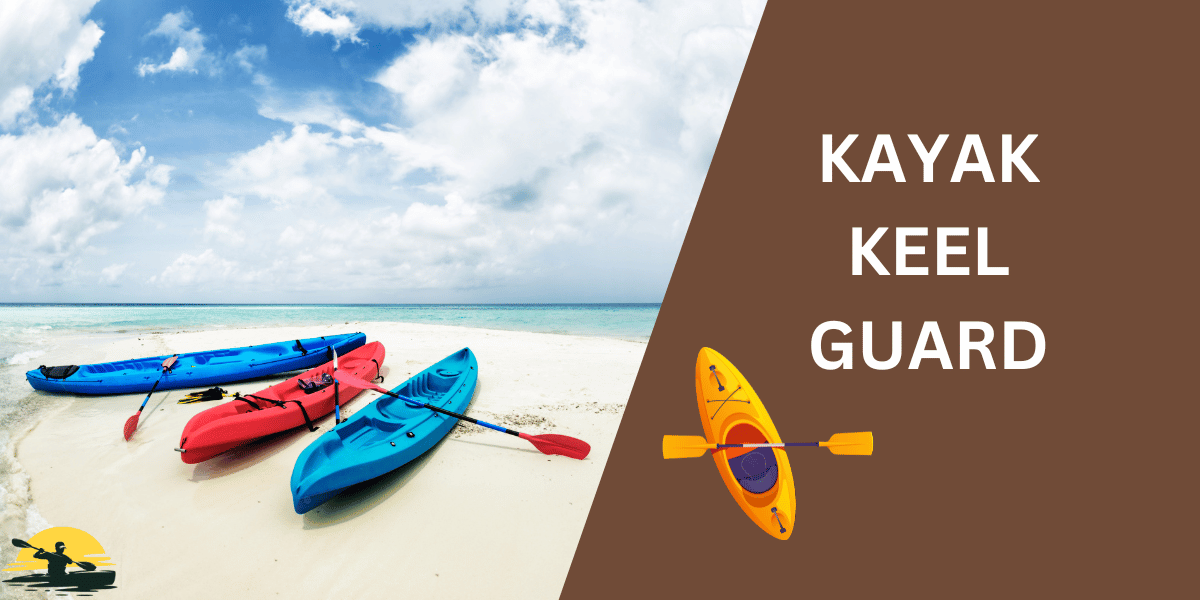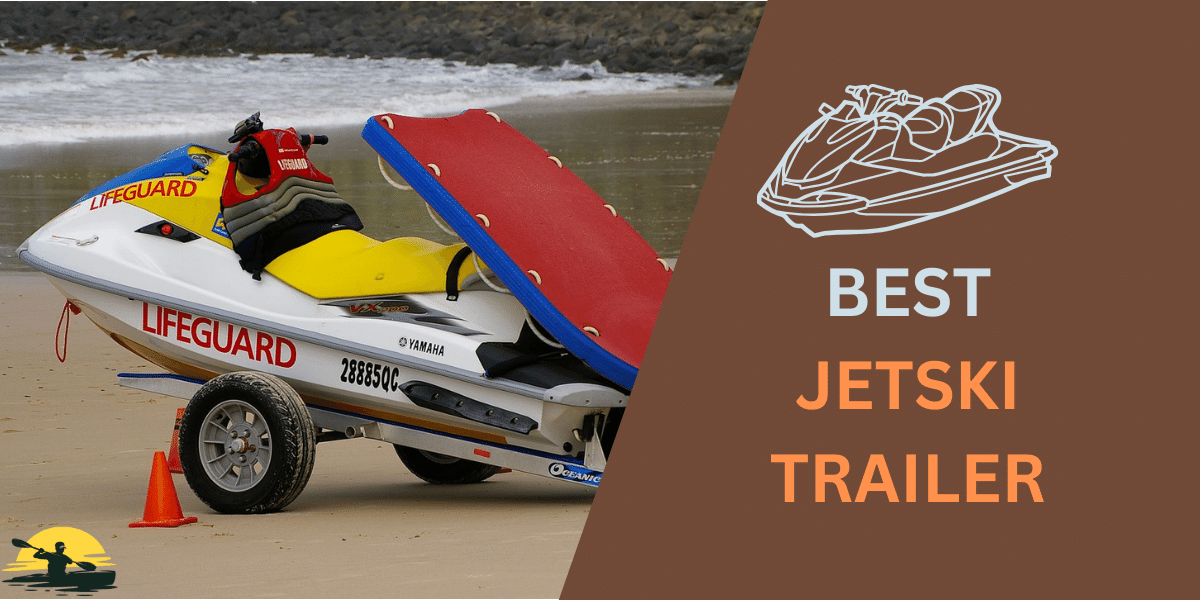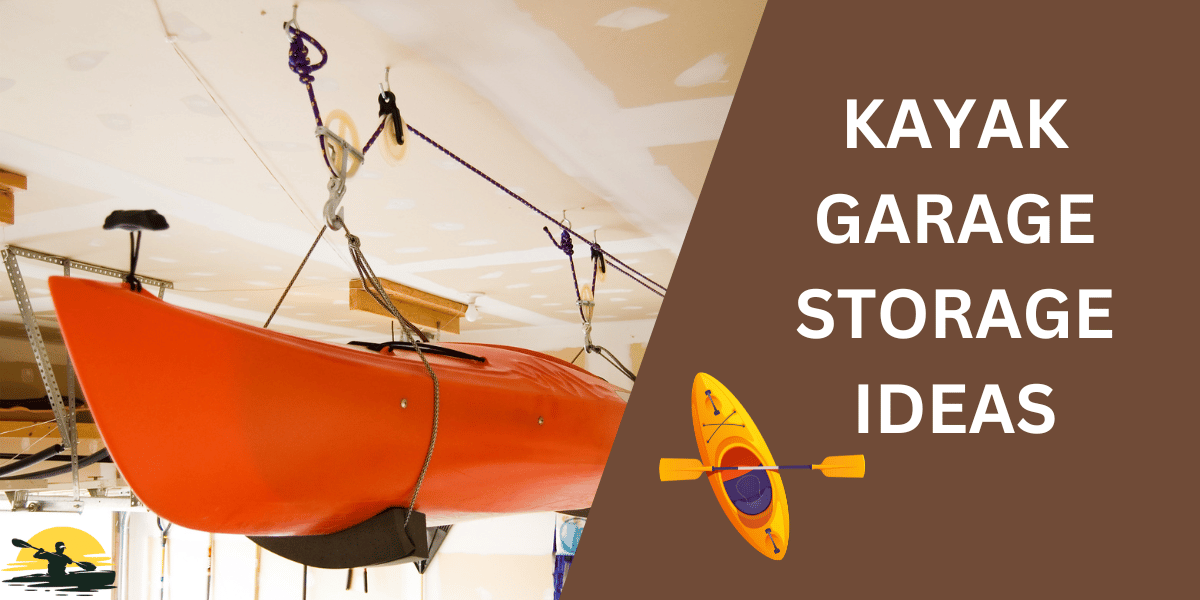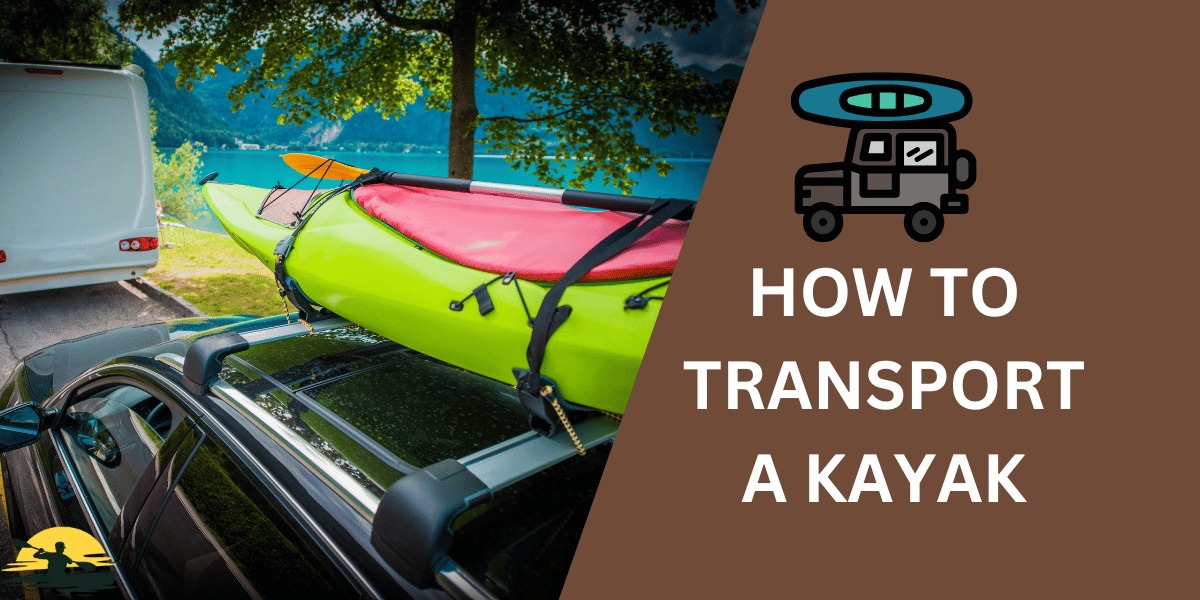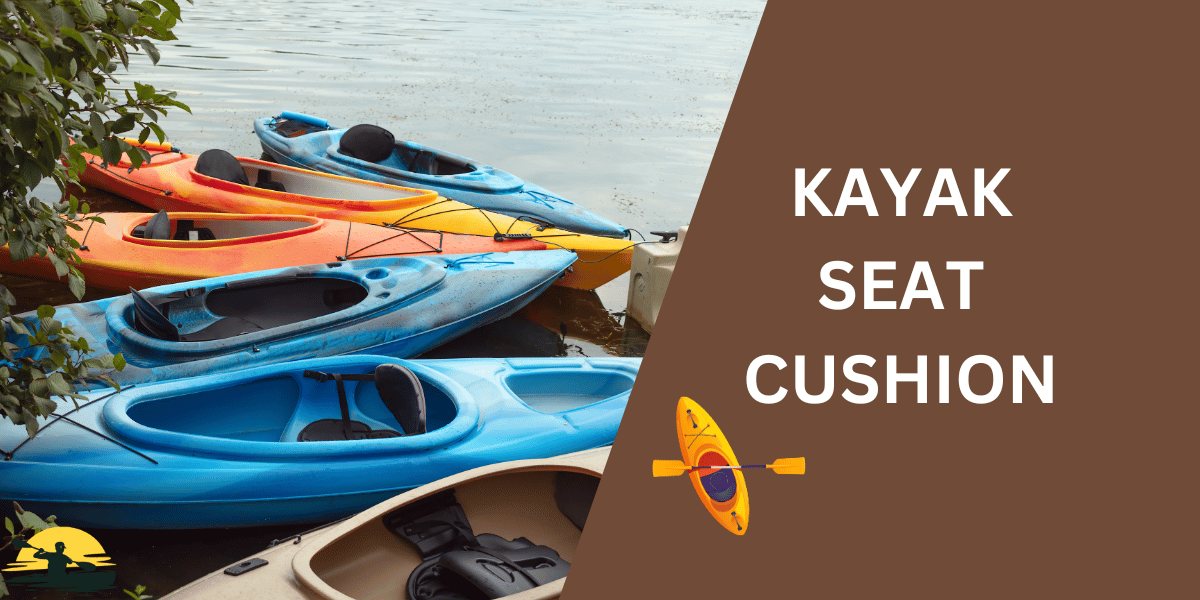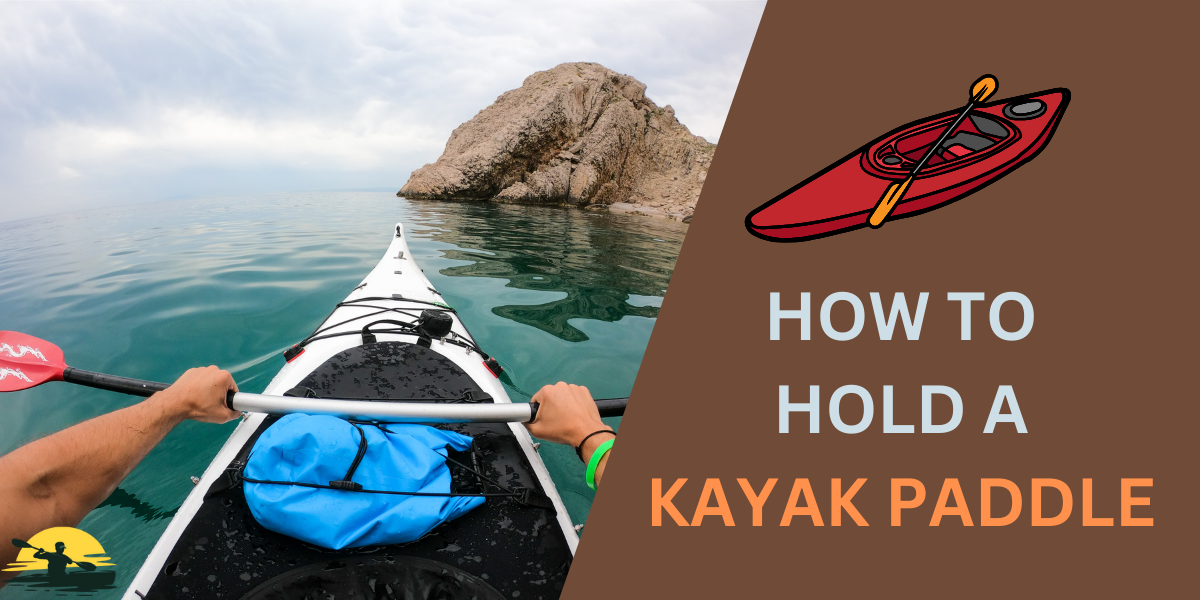
Mastering how to hold a kayak paddle is a cornerstone of effective kayaking. The way you grip your paddle impacts everything from the power of your strokes to your endurance and comfort during a day on the water. Whether you’re navigating serene lakes or challenging river rapids, understanding the nuances of your kayak paddle can make a significant difference. Let’s dive into the essentials of holding your paddle correctly to enhance your kayaking experience.
Understanding the Basics of a Kayak Paddle
Paddle Anatomy
A kayak paddle consists of two main parts: the paddle blade and the paddle shaft. The blades are the parts that enter the water, while the post is the part you hold. Blades can be symmetrical or asymmetrical, and the shaft can be straight or ergonomically shaped to fit your hands better.

Types of Paddles
- Symmetrical Blades are uniform on both sides, making them versatile for beginners.
- Asymmetrical Blades are designed to cut through the water more efficiently, requiring less energy for each stroke.
- Paddles can be feathered or unfeathered, with feathered paddles having blades set at an angle to each other to reduce wind resistance.
Preparing to Hold the Paddle
Determining the Paddle Length
The right paddle size is crucial. A general rule is that the paddle should reach from the ground to your wrist when you’re standing next to it. However, consider the width of your kayak and your height for a more precise fit.
Identifying the Top and Bottom of the Paddle
The top edge of the paddle is often more tapered, allowing water to flow smoothly off the blade. Ensure the concave side of the blade faces you, as this is the power face that pushes against the water.
Understanding Feathering
Feathered paddles have blades that are set at an angle to each other, not in the same line. This design reduces wind resistance but requires you to rotate the shaft in your hands with each stroke.
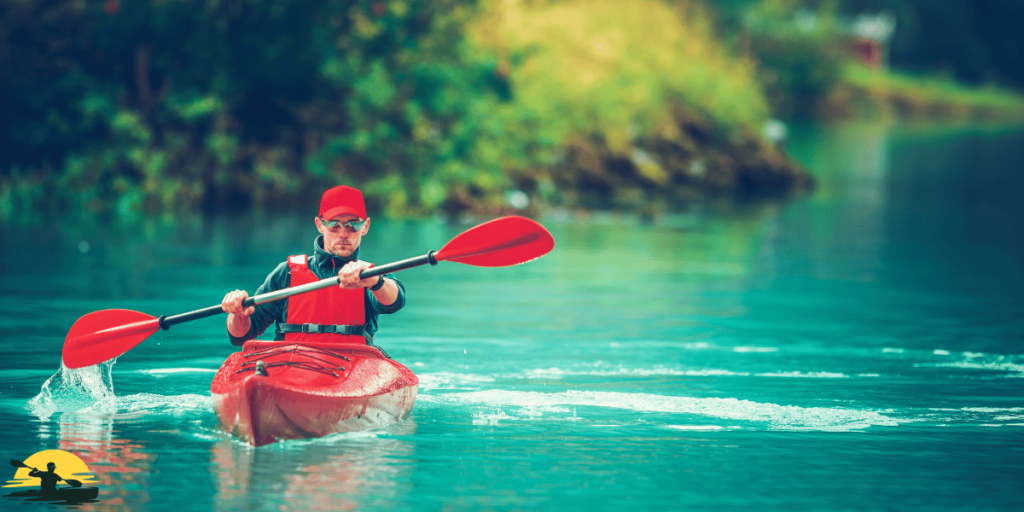
Step-by-Step Guide to Holding a Kayak Paddle
Gripping the Shaft
Place your hands a bit more than shoulder width apart on the paddle shaft. A loose hand grip allows for flexibility and endurance.

Aligning Your Knuckles
Ensure your knuckles are in line with the top edge of the paddle blades, providing maximum control and power.
Setting Paddle Blade Orientation
The concave side of the paddle blades should face you, ensuring efficient strokes.

Adjusting for Feathering:
If your paddle is feathered, practice changing positions between strokes. Your control grip (usually your right hand) stays fixed, while the other hand (left hand) rotates the shaft.

Checking Your Grip
Perform the ‘O’ test by making an “O” shape with your thumb and index finger around the shaft to check for the correct grip spacing.

Common Mistakes and How to Avoid Them
- Overgripping the Paddle: A tight grip can lead to fatigue. Keep your hands relaxed.
- Incorrect Hand Placement: Hand placement too close or too far apart reduces efficiency and control.
- Ignoring Paddle Feathering: Not adjusting for feathering can hinder your ability to paddle efficiently, especially in windy conditions.
Advanced Tips for Paddle Holding
- Adapting Grip for Different Conditions: Adjust your grip based on wind, currents, and the distance you plan to cover.
- Switching Between High and Low Angle Paddling: High angle paddling is more aggressive and suited for speed, while low angle is more relaxed and suited for long distances.

Practice Makes Perfect
- Exercises to Improve Your Paddle Grip: Practice holding your paddle at home, focusing on grip and blade orientation. Use dry-land drills to mimic water conditions.
- Incorporating Proper Technique into Your Paddling: Consistent practice on the water will help cement proper paddle holding techniques.
Conclusion
Holding your kayak paddle correctly is not just about technique; it’s about making your kayaking adventure more enjoyable and less tiring. By paying attention to how you grip your paddle, you can enhance your control, efficiency, and safety on the water. Remember, there’s no one-size-fits-all approach to kayaking, so feel free to adjust these tips to suit your paddling style and conditions.
Frequently Asked Questions
How do I execute a forward stroke correctly with a kayak paddle?
To perform a forward stroke, hold the paddle with hands just over shoulder-width apart. Submerge one blade into the water near your feet, pulling it back smoothly towards your hip while rotating your torso. The power comes from your torso, not just your arms. As one blade moves through the water, the other blade should be exiting the water at your hip to start the stroke on the opposite side.
Should I use a different technique when using a canoe paddle compared to a kayak paddle?
Yes, canoe paddles are designed for use with one blade and require different techniques. Grip the paddle with one hand on the top grip and the other near the middle of the shaft. The stroke involves pulling the blade through the water in a straight line, using your torso for power. Unlike kayak paddles, you don’t switch sides with each stroke unless you are changing direction or correct the course.
How do I hold the paddle for a reverse stroke?
For a reverse stroke, the paddle orientation and grip are similar to the forward stroke, but the motion is reversed. Push the blade forward through the water from the hip towards the feet. This maneuver helps in slowing down or moving the kayak in the opposite direction. Ensure the blade enters the water smoothly to maintain control.
What is the correct way to perform a sweep stroke for turning the kayak?
To execute a sweep stroke, extend the paddle blade on the side you wish to turn away from. With a wide arc motion, sweep the blade from the bow (front) of the kayak towards the stern (back). This stroke creates a wide turn. Use your torso to power the stroke and keep the blade close to the kayak for better efficiency.
How can I adjust my grip for paddling in windy conditions?
In windy conditions, adjust your grip by slightly lowering your hands on the shaft to decrease the paddle’s exposure to the wind. Consider using a feathered position for the blades to minimize wind resistance. A firm but relaxed grip allows for quick adjustments and reduces fatigue. Rotate your control grip (usually the right hand if you’re right-handed) to angle the blades appropriately, cutting through the wind more effectively.




